Introduction
Bloom's taxonomy is nothing short of a simple yet powerful explanation of the nature of thinking itself. Forehand writes: "Bloom's Taxonomy is a multi-tiered model of classifying thinking according to six cognitive levels of complexity"1. It is one of the most widely used and often cited works of education1. Bloom's taxonomy can serve many purposes: it
- provides a common language among educators;
- helps determine the alignment of objectives, learning activities, and assessment; and
- stretches the educational possibilities to give greater breadth and depth to courses and curricula2.
Learning objectives (what you can reasonably expect to learn in the next 15 minutes):
- Classify examples of objectives into cells of Bloom's Taxonomy (in the cognitive domain): Remember, Understand, Apply, Analyze, Evaluate, and Create.
To what extent are you now able to meet the above objective? Please record your self-assessment. (0 is not at all and 5 is completely)
Bloom's Taxonomy
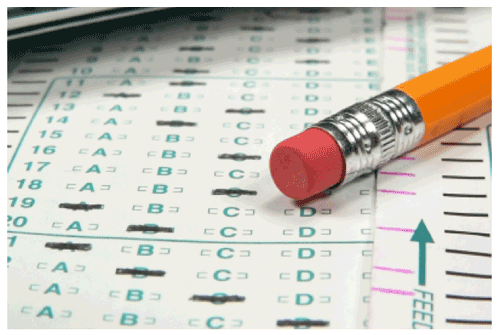
The original taxonomy named the different structures based on the nature of the learning task (knowledge, comprehension, application, analysis, synthesis, and evaluation). The revised taxonomy is based on what we want learners to do, which is more congruent with the nature and purpose of objectives. On the left we see a multiple choice test most often used to assess for remembering. Below we see two learners creating a new idea cooperatively.
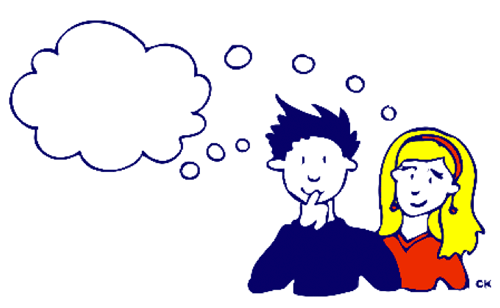
Objectives describe what learners are expected to do (new or differently) as a result of instruction. Furthermore, Krathwohl2 believes that creating new ideas is a higher order cognitive process than evaluating what someone else has created. Hence the revised taxonomy ranks create higher than evaluate: remember, understand, apply, analyze, evaluate, and create. While the major categories are generally hierarchical3 it seems to me that the sub-categories are not.
Here is a chart from Forehand (2010, p. 3)1 showing the subtle differences between the two versions of the taxonomy.
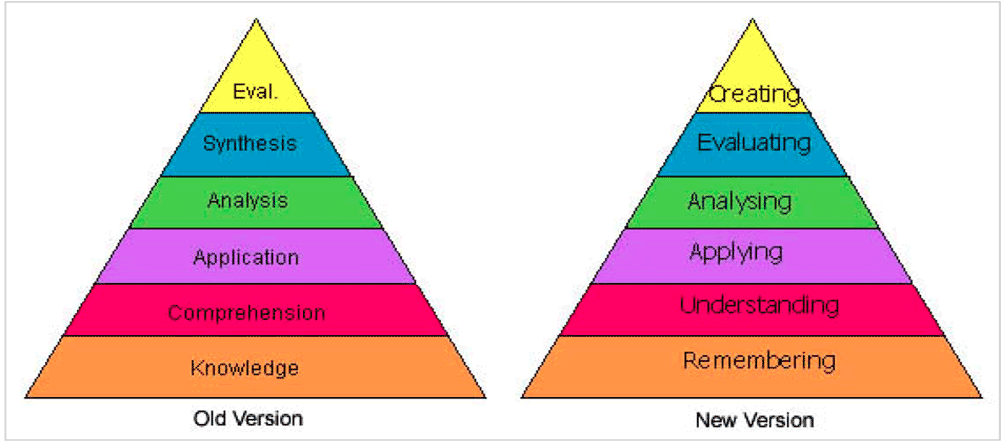
Terminology changes: The graphic is a representation of the NEW verbage associated with the long familiar Bloom's Taxonomy. Note the change from Nouns to Verbs (e.g., Application to Applying) to describe the different levels of the taxonomy. Note that the top two levels are essentially exchanged from the Old to the New Version (Schultz, 2005). Evaluation moved from the top to Evaluating in the second from the top. Synthesis moved from second on top to the top as Creating. Source: https://www.odu.edu/content/dam/odu/col-dept/teaching-learning/docs/blooms-taxonomy-handout.pdf
Krathwohl's Table 3 (2002, p. 215)2, the taxonomy of cognitive processes and tasks, is reproduced below. There are taxonomies for the affective and psychomotor domains as well. (These are explained in different Cells in the CORAL Collection.)
Table 3 Structure of the Cognitive Process Dimension of the Revised Taxonomy 1.02
1.0 Remember - Retrieving relevant knowledge from long-term memory.
1.1 Recognizing
1.2 Recalling
2.0 Understand - Determining the meaning of instructional messages, including oral, written, and graphic communication.
2.1 Interpreting
2.2 Exemplifying
2.3 Classifying
2.4 Summarizing
2.5 Inferring
2.6 Comparing
2.7 Explaining
3.0 Apply - Carrying out or using a procedure in a given situation.
3.1 Executing
3.2 Implementing
4.0 Analyze - Breaking material into its constituent parts and detecting how the parts relate to one another and to an overall structure or purpose.
4.1 Differentiating
4.2 Organizing
4.3 Attributing
5.0 Evaluate - Making judgments based on criteria and standards.
5.1 Checking
5.2 Critiquing
6.0 Create - Putting elements together to form a novel, coherent whole or make an original product.
6.1 Generating
6.2 Planning
6.3 Producing
The five top categories (Understand, Apply, Analyze, Evaluate, and Create) might also be considered "deep learning" while Remember might be considered more congruent with "surface learning" (See the CORAL Collection Cell Surface and Deep Learning).
If you want your learners to identify the salient information in a patient case, to organize them, and then to explain how they are possibly related you are asking them to analyze. If you want your learners to produce a care or treatment plan for a new (to them) patient then you are asking them to create. If you are asking them definitions either in a multiple choice item format or in a short answer format you are asking them to remember.
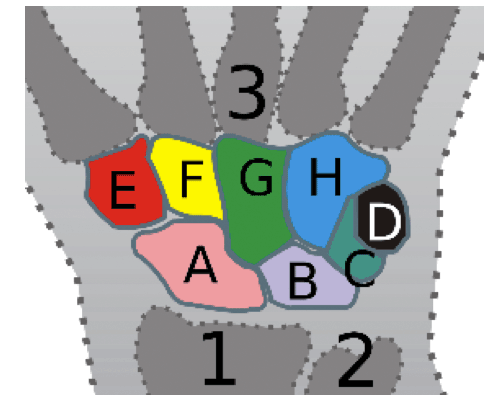
Educators and teachers often make the mistake of assuming that those who can remember facts can then also complete those more important higher order tasks. We often fall into this trap because people who can analyze, evaluate, and create (higher order learning tasks) can also remember the details and facts. NO. That is a logical fallacy and an empirical delusion. Just because learners can remember (especially if they can only recognize as in multiple choice questions) does not mean that they can complete higher order tasks such as analyzing or evaluating.
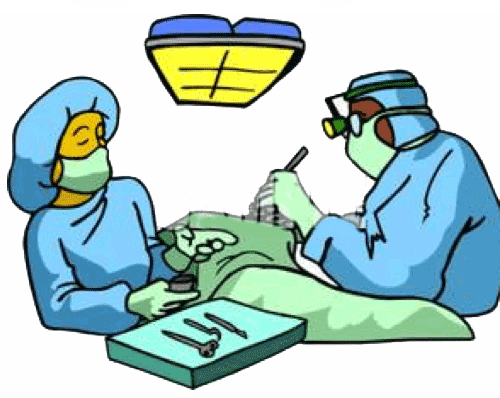
A surgeon knows anatomy but just knowing anatomy does not make one a surgeon. A strong course, module, or program will have a range of objectives but we favour more expectations at the higher levels of Bloom's Taxonomy (with then more teaching and assessment).
Check for understanding
Self-assessment
Please complete the following very short self-assessment on the objectives of this CORAL cell.
To what extent are you NOW able to meet the following objectives? (0 is not at all and 5 is completely)
To what extent WERE you able the day before beginning this CORAL Cell to meet the following objectives? (0 is not at all and 5 is completely)
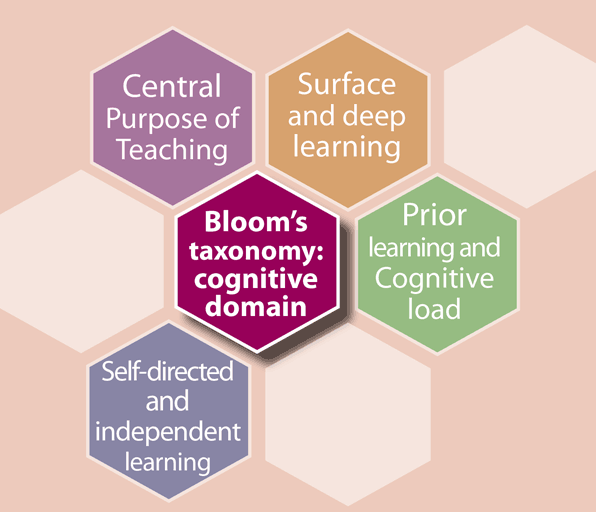
Thank you for completing this CORAL Cell.
Cell evaluation:
We are interested in improving this and other cells and would like to use your answers (anonymously of course) along with the following descriptive questions as part of our evaluation data.
Thanks again, and come back soon!
The CORAL Cell Team
References and further reading:
1 Forehand M. Bloom's taxonomy. Emerging perspectives on learning, teaching, and technology. 2010 Apr 19;41:47.
2 Krathwohl DR. A revision of Bloom's Taxonomy: An overview. Theory into Practice 41:212-218.
3 Wikipedia. Bloom's taxonomy.
Credits:
Authors: Marcel D’Eon, University of Saskatchewan
Series Editor: Marcel D’Eon
Reviewer/consultant: Deirdre Bonnycastle, University of Saskatchewan
